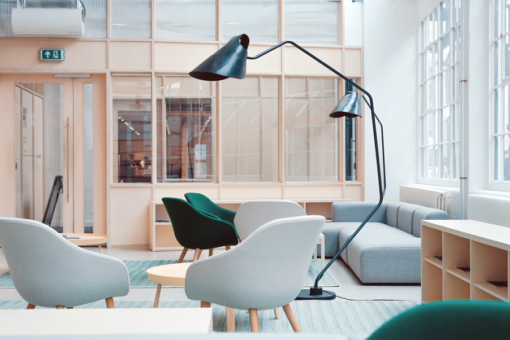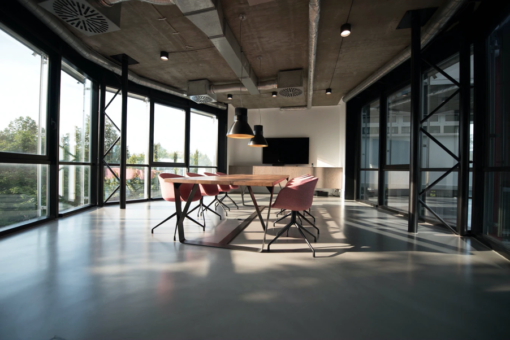
When you think about your office, you obviously think about your work. Sometimes, you think about your co-workers as well and how they can help you with work or how you can help them. Very few people look at their offices and assess how it affects them. I mean, who has the time when you’re swamped with projects.
However, it does affect you. The way your area is designed affects your workflow. The placement of the commonly-used office equipment should be accessible to prevent grunts of frustration and wasted time. This is how office layout affects employees and their productivity.
Office Layout Components And How They Affect Employees
We have established that office layout affects employees, but how? Let’s look at its components and how they influence employees to have an in-depth view of how office layout affects employees.
1. Workflow
First up, workflow. Workflow is a series of tasks that employees need to do inside the office. Obviously, different employees have different workflows and sometimes they overlap. This overlap may cause delays in the processing of the said task. This is where an efficient office layout comes in.
An efficient office layout takes into account the information flow and the processing of different tasks around the office, like paper distribution, telecommunications, and face-to-face interaction. This is to minimize delays and maximize efficiency.
2. Furniture and Equipment
When you think about the furniture and equipment in offices, you consider if they are ergonomic. From the chairs they use to the height of the tables, these affect the way employees work. You see, if employees feel uncomfortable with their chairs or their tables, they’re likely to focus on the uneasiness that they feel instead of their work.
When they have a comfortable workspace though they would be able to focus more on their work. Also, ergonomic furniture allows good posture and decreases unnecessary motions hence increasing productivity.
3. Noise, Lighting, Temperature, and Air Quality
These four are intangible objects that affect the workplace. Noise is a common distraction. Lighting boosts comfort and reduces eye strain. Temperature and air quality play a vital role in the comfort of employees as well. They may either make or break the comfort of employees hence affecting their productivity.
These four, however intangible, are non-negotiables in the workplace. As stated by vestraworkspace.com.au, electrical, data, and lighting are invaluable to workspace planning. It is only practical to consider these four and make sure the employees’ workspaces are far from high traffic areas, have proper lighting, and have great temperature and air quality. That sounds easier said than done, doesn’t it?
4. Spatial Arrangement
The spatial arrangement goes hand-in-hand with the workflow to highlight efficiency in finishing tasks. This component involves the location of isles, supervision, and assistance, machines, and equipment. A proper spatial arrangement aims to lessen foot traffic around the office and to prevent clogging and confusion.
Straight line- and parallel line-layouts usually work best in spatial arrangements as compared to angular ones. Also, the spatial arrangement provides a more organized and neater view of employees’ work. A neat and organized office is a good office to work on, yes? This is because it motivates and lessens the frustration of unnecessary clutter.
5. Safety Considerations
Finally, the office layout should be safe. There should be safety exits in staircases, aisles, corridors, or terraces if your office has one. This is to give employees peace of mind.
In fact, in the United States, an employee is injured on the job every seven seconds. This totals to 540 work injuries per hour. Considering how common it is, it is only practical to take into account employees’ safety when planning an office layout.

The Importance of Office Layout
From comfort to injuries, the workplace is not just a setting centered on work. It involves a lot of components centered on making employees comfortable and motivated. It helps employees focus on work.
Productivity and efficiency in the workplace have been subjects of organizational psychology for years. Hence, developing a workspace that actually helps people in those areas is one of their concerns. More than the structure, the employees should be able to feel like they fit in the office.
They should feel like it works for them just as much as they work for the company. This can be achieved by asking for their input about how to improve the office layout, what should be retained, what would invoke inspiration and the like. Even color affects the performance and mental health of employees!
Asking for their input makes employees feel like they have ownership and control over the workplace, which motivates them. This feeling of control increases employees’ engagement. Engagement increases job satisfaction which leads to lesser turnover, all because of office layout!